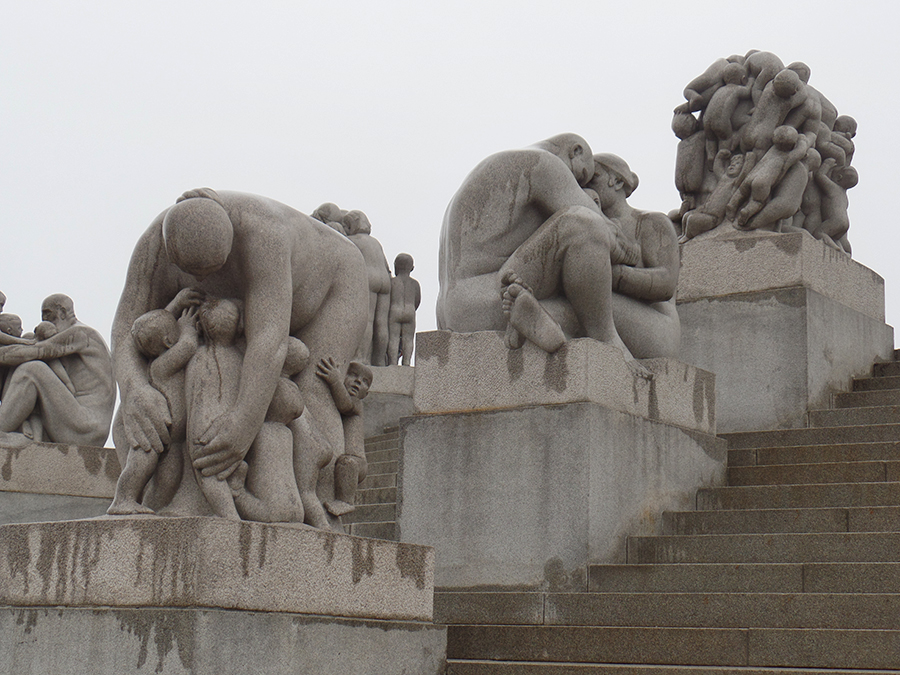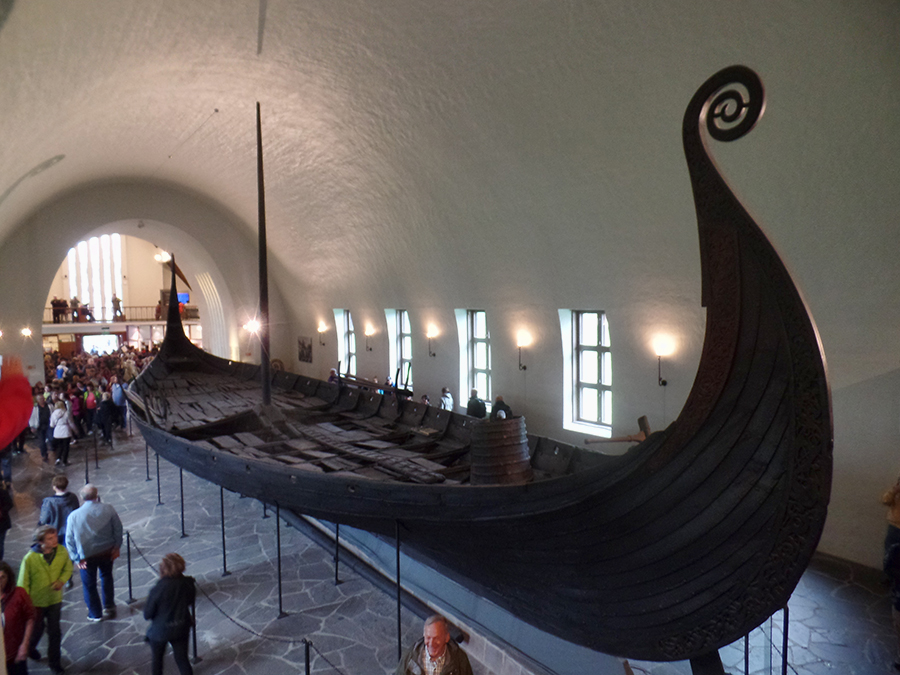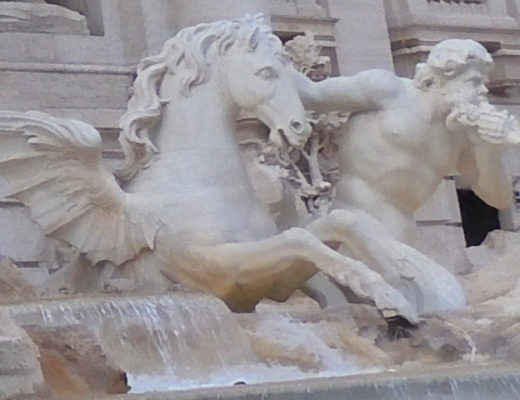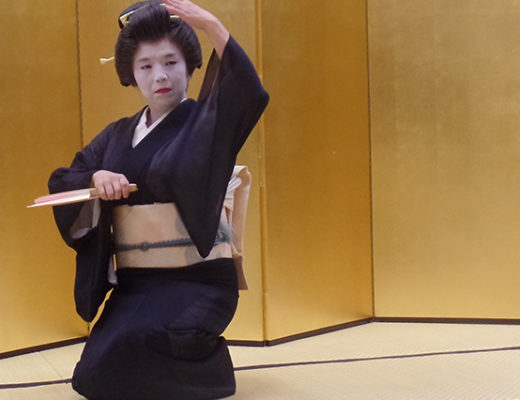One may think of Oslo as the city where the Nobel Peace Prize is awarded. It is, and for that reason holds the world’s attention once a year. But the most memorable aspects of my visit were the Vigeland Sculpture Park and the Viking Ship Museum. We stopped by a ski jump area, but the fog was so heavy on the day we were there that we could not see beyond the parking lot.
The Vigeland Sculpture Park contains 212 bronze and granite sculptures depicting the circle of life. Who was Gustav Vigeland? A visionary who was given a studio and a park in which to create his dream of immortal representations of all ages and phases of human life. His work depicts everyday expressions of the joys and tribulations of being an individual, a part of a family and part of the larger society. Vigeland’s sculpture is anonymous. Every figure looks much the same to represent every man or woman. The facial expressions change, but the facial features do not. The contrast between the granite and bronze is mostly in size with the massive granite figures seeming heavier and simpler than the often acrobatic bronzes.

The most famous of his bronze sculptures is of a child having a tantrum. What was fascinating is that the child has a gold left hand, from people touching and rubbing it, which has removed the bronze coating revealing the shiny metal beneath.

The Viking Ship Museum contains two actual Viking ships that were buried as part of a funeral process in the early 800s AD. The ships are remarkably well preserved. Not only do the carvings stand out for their detail, but the rough nature of the vessel which only held thirty-six individuals show how remarkably difficult life was for Vikings. Each member of the crew, with the exception of two individuals, were rowers. And they were also the fierce fighters who took no quarry as they plundered vast areas of the old and new worlds. Maps of the Viking explorations and a short five minute film depict the harsh realities of Viking explorations raids upon local peoples and the funerals that led to the burial of the two ships.

We were in Oslo on a Sunday and therefore all the shops were closed. We walked about and discovered what appears to be a city like most other northern European cities, although our impression may have changed had we been about on a day when people were working, shopping, and interacting. We also docked next to an old fort which depicts well the hardships that those who lived in this harsh climate endured in the days before central heat and peaceful relations with their neighbors.





No Comments